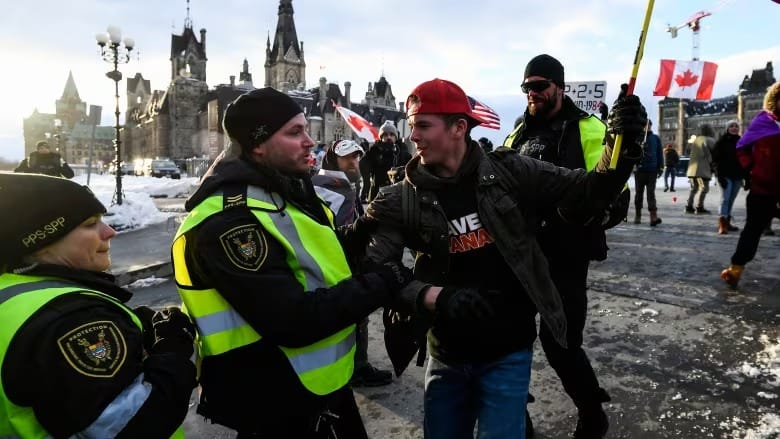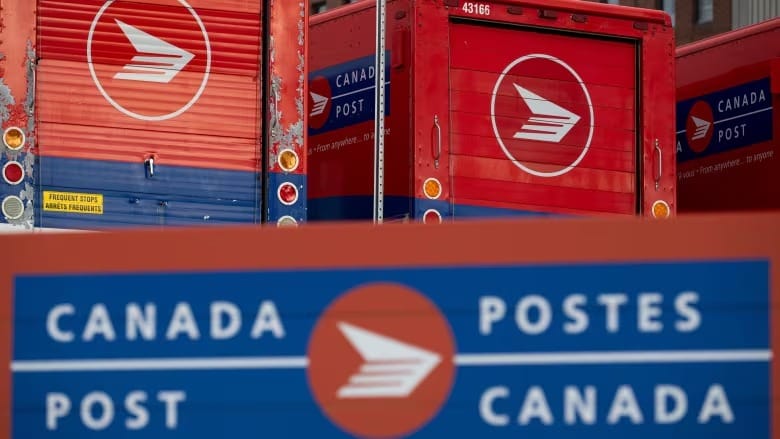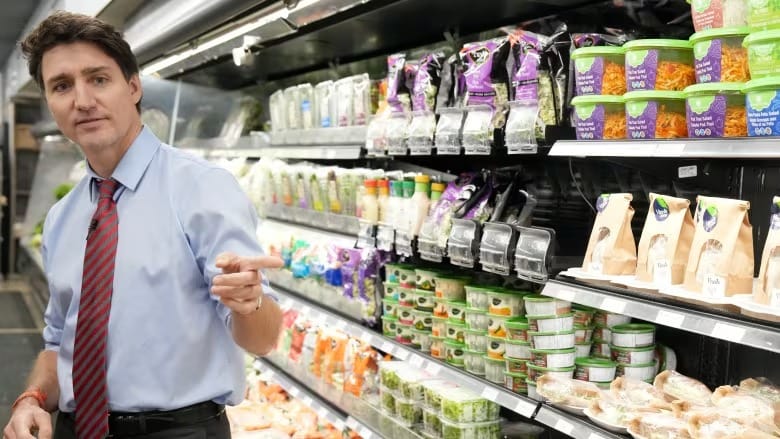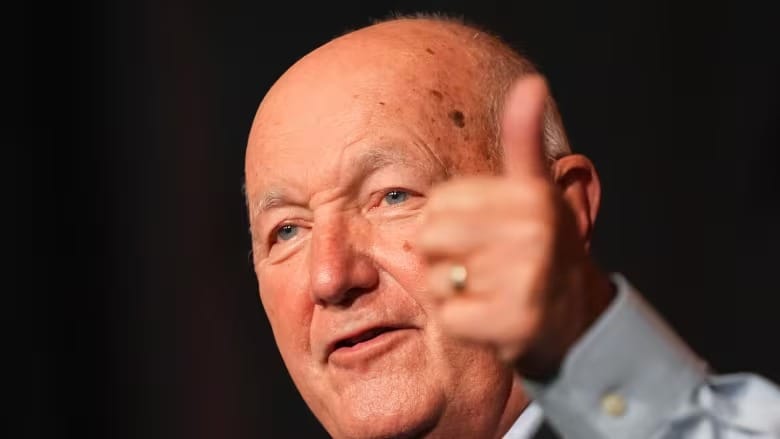10 years after shooting, the debate over securing Parliament Hill continues
RCMP union is pushing for the Mounties to be placed in charge of Parliament's security

A decade after the Parliament Hill shootings, security measures have evolved, but debates continue about how best to protect Canada's national legislature.
The National Police Federation (NPF), which represents the RCMP, has criticized the decision to remove the RCMP from policing the grounds around Parliament. The union has launched an ad campaign in Ottawa bus shelters, asking if passengers feel safe and advocating to "bring back the RCMP to the Hill."
Today marks the tenth anniversary of the 2014 attack when a gunman fatally shot Cpl. Nathan Cirillo at the National War Memorial before storming Parliament’s Centre Block. A post-attack review revealed poor communication among Ottawa’s various police forces, which led to confusion during the incident.
Following the attack, Parliament Hill's security was restructured. The RCMP was replaced by the Parliamentary Protective Service (PPS), an independent, armed security service now responsible for securing both the Parliament buildings and surrounding grounds.
Although the PPS operates independently, it is overseen by a director who must be an RCMP officer. The director reports to the Speakers of both the House of Commons and the Senate, as well as to the RCMP commissioner on operational matters. Prior to this shift, separate security services managed the House and Senate independently.
An Ontario Provincial Police report, prepared after the attack, recommended streamlining Hill security, stating that the lack of coordination between the RCMP and the two parliamentary security services had hindered response efforts. The report cited issues such as the use of different radio systems, which complicated communication during the incident.
Tensions Between the PPS and the RCMP Union
While consolidating security under the PPS eliminated some of the earlier fragmentation, the NPF argues that the PPS is not adequately equipped for the task. The union contends that the PPS is not a police force, lacks arrest authority, and has limited intelligence-sharing capabilities. Though PPS officers can detain individuals, arrests must be made by Ottawa police.
“They've been trained, essentially, as security guards," said NPF Vice President Dennis Miller. "There’s no specific training for bodyguarding or individual protection." The union suggests the RCMP could take over with a team of 200 to 300 officers capable of making arrests, and quickly deploy additional personnel if needed.
Miller referred to the 2022 convoy protests that paralyzed downtown Ottawa, stating that if 300 RCMP officers were stationed on Parliament Hill, response efforts would have been swifter. "We would’ve had those 1,500 to 1,600 officers mobilized in days instead of weeks," he added.
However, RCMP Commissioner Mike Duheme, who was the PPS’s first director, disagrees. He said he has not observed any operational gaps in the current arrangement, noting that coordination between the PPS and Ottawa police has been effective.
"At the moment, I think the structure is superb," Duheme told Radio-Canada. "It has evolved significantly and meets today’s demands. The integration of the PPS during major events has been remarkable."
The 2024 federal budget allocated $50 million over five years to the Ottawa Police Service to enhance security near Parliament Hill.
Changes to Parliamentary Operations
Since the attack on October 22, 2014, Parliament's day-to-day operations have also changed. Then-Speaker Andrew Scheer told a parliamentary committee in November 2014 that additional screening posts were installed outside Centre Block, and tours during caucus meetings were cancelled to limit access when MPs and staff were present. Tours were also reduced in size, and Parliament's doors were locked after hours.
These security measures remain in place today, according to an official from the House Speaker’s office. However, the PPS declined to discuss specific protocols.
"Since the establishment of the PPS, security on Parliament Hill and within the precinct has been enhanced from technical, tactical, and infrastructural perspectives," the PPS said in a statement. "For security reasons, we cannot provide details about our operations or capabilities."





